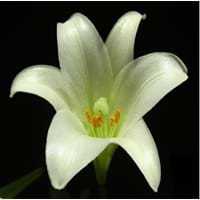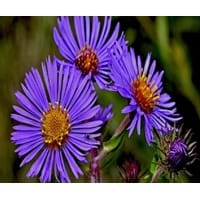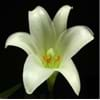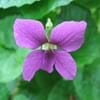Color
Orange, Pink, Red, White, Yellow
Pink, Purple, Red, White
Color Meaning
Orange - Satisfaction and Passion, Pink - Sensitivity and Love, Red - Courage, Desire and Love, White - Purity and Innocence, Yellow - Happiness and Friendship
Pink - Sensitivity and Love, Purple - Elegance and Pride, Red - Courage, Desire and Love, White - Purity and Innocence
Line
Not Available
Not Available
Silhouette
Not Available
Not Available
Blossom Texture
Not Available
Not Available
Form
Not Available
Not Available
Sunlight
Full Sun, Part Sun
Full Sun, Part Sun
Watering
Diligently
Enough
Essential Fertilizers
Lime stone
Phosphorus
Common Pests and Diseases
List of Pests
Aphids, Mites, Slugs, Snails, Thrips
Aphids, Nematodes, Slugs
List of Diseases
blight, Gray Molds, Nematodes, Root Rot, Rust
Powdery Mildew, Rust
Bloom Time
All Summer Season, Fall Season, Spring Season
All Summer Season, Fall Season
Origin
Asia, Europe, North America, Northern Hemisphere
Eurasia
Interesting Facts of
- In Chinese culture it signifies being forever in love.
- Pollens of Lily can be poisonous for cats.
- The name Aster comes from Greek word Aster which means 'Star'.
- The flower looks like a single flower, but it is actually a cluster of about 300 small yellow disk flowers surrounded by colorful petals.
Lifespan
Perennials - a plant that lives for three or more years
Perennials - a plant that lives for three or more years
Flower Meaning
Not Available
Astrological Flower
Not Available
Birth Month Flower
Not Available
Flower Availability
Not Available
Uses
Not Available
Not Available
Health Benefits
Best remedy for Cough & Cold, improves the functioning of the lungs, kidneys, and stomach
Best remedy for Cough & Cold, Regulates the Menstruation cycle, Used for sinus pain, hay fever and headache
Medicinal Uses
Natural Healer, prevents the formation of scar tissue, treats burns
Acts as a antispasmodic, Acts as an anti-inflammatory
Culinary Uses
Used in salads, soups and sandwiches
Used in salads, soups and sandwiches
Design Uses
Not Available
Cosmetic Uses
Lightens the skin, Used in Perfumes, Utilized in making essential oils
Best for Healing, Used in Perfumes
Occasional Uses
Anniversary, Friendship Day, Funerals, Sympathy, Wedding
Wedding
Allergy
Asthma, Headache, Itchy eyes, Nausea, Runny nose, Sneezing
NA
Common Name
Not Available
Scientific Name
Lilium
Symphyotrichum novae-angliae
Sub kingdom
Tracheobionta
Tracheobionta
Super Division
Spermatophyta
Spermatophyte
Division
Magnoliophyta
Magnoliophyta
Class
Liliopsida
Magnoliopsida
Family
Liliaceae
Asteraceae
Sub Family
Lilioideae
Asteroideae
Genus
Not Available
Not Available
Number of Species
Not Available
Not Available
Lily and Aster color
Lily and Aster come in variety of colors. Every color tells a different story. Let’s know about Lily and Aster color meaning in this section. For example Red - Courage, Desire and Love, Pink - Sensitivity and Love,Yellow - Happiness and Friendship, Orange - Satisfaction and Passion, Purple - Elegance and Pride, Blue - Peace and Serenity, White - Purity and Innocence, Green - Prosperity and Optimism. Lily is Trumpet in shape and has Aromatic fragrance whereas Star shaped Aster has NA fragrance.
More facts about Lily and Aster
You must be eager to know more facts about Lily and Aster. Did you know Lily has originated in Asia, Europe, North America, Northern Hemisphere while Aster has originated in Eurasia. One of the Interesting Facts about Lily and Aster is that they can survive almost in pots.
Lily and Aster Uses
Benefits of flowers are universally known. Let’s know about Lily and Aster uses in this section. Lily and Aster have many medicinal properties. Besides, Lily is given on special occasions like Anniversary, Friendship Day, Funerals, Sympathy, Wedding whereas Aster on Wedding. Lily and Aster also have many culinary benefits.
Learn about Lily and Aster Family classification
Flowers classification makes their study easier. Plants sharing same association are grouped together. Let’s learn about Lily and Aster Family classification here. Lily and Aster belong to Plantae. They are further divided in Spermatophyta super division and Magnoliophyta division. This way, different flowers can be organized in a systematic format.





